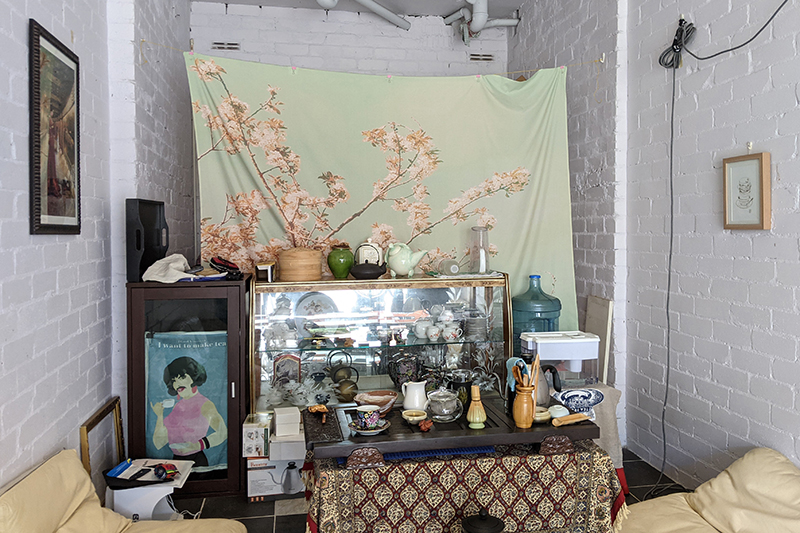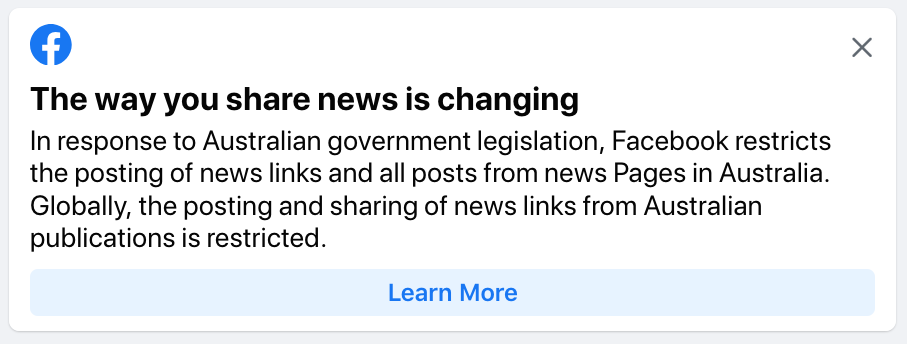Elements of surprise: review of Avatar: The Last Airbender (2024)
This review mentions plot elements for Avatar: The Last Airbender (2024) and may contain spoilers.
Unlike many Avatar* fans I didn’t grow up watching Avatar: The Legend of Aang (2005) because I was an adult when it came out and in my late thirties when I finally took a friend’s recommendation, borrowed her DVD box set, and watched the animated Nickelodeon series.
The Avatar series is a secondary world fantasy in which some people, called ‘benders’, have the ability to manipulate one the four elements: earth, fire, air, or water. The Avatar is a reincarnated person who can master all four elements and also enter a powerful ‘Avatar state’. The role of the Avatar is to maintain balance in the world. (More info.)
Despite its issues, the original series was largely well-received and has many fans around the world. The 2010 live action film adaptation by M Night Shyamalan was, by contrast, widely panned. The Nickelodeon series also has an animated sequel, Avatar: The Legend of Korra (2012), which is about Aang’s successor.
The 2024 Netflix adaptation, Avatar: The Last Airbender, therefore came as a surprise to me. Live action adaptations of animations are fraught on a regular Thursday, why fiddle with an already successful IP and muddy the waters? But here we are.
Decent: sets
Fortunately, the Netflix budget managed to buy a visually rich world with sets that are both functional and aesthetically consistent with the world-building with some nice CGI enhancements. Essentially, Avatar is a road trip story so the team travels through many different locations and that shit’s expensive, so good work designers.
Questionable: costumes
I do have a gripe with the costumes, though. Aesthetically they align with the world-building, but the very first thing I thought when I laid eyes on Sokka and Katara was that their clothes looked too new, neither lived-in nor weathered. (I recall visiting Hobbiton in 2012 and the guide told us that there was a person who walked from one of the Hobbit houses to the washing line every day for like a year to make a path that seemed realistic – and that was for a panning shot barely anyone would have noticed. While I don’t expect that dedication for this show, maybe a wearing-in period might’ve helped.)
The other thing is that what you can get away with in a cartoon is very different from what you can get away with in live action shows. In the original series, each of the four kingdoms pretty much wear the same colours as their cohort – earth = green; fire = red; air = orange and yellow; water = blue – and as a result, the distinctions between them are always visually clear. Unfortunately this becomes ridiculous in a live action setting, which is immediately made clear when the team is trying to get into Omashu and are wearing non-earth clothing. Once they get their hands on a disguise, suddenly it’s all resolved.
Decent: casting choices
I was surprised to find the casting choices fit with the characters. The actors aren’t all at the same skill level, unfortunately (I could often feel Gordon Cormier’s effort to act as Aang and Ian Ousley’s Sokka feels a little too American) but I was pleased that the cast largely resonated with the vibe of each character, which is more important in a series like this. There have been some great choices in difficult roles, particularly Dallas Liu as Zuko oscillating between angry ousted prince and young man coming into his own.
Questionable: pacing
The animated series had 20 x 23-minute episodes in the first season; the first season of the live action series is 8 x 55-minute episodes, which is roughly the same length. Somehow the pacing of the 2024 series feels rushed, though, front-loading the exposition with flashbacks and featuring big dramatic moments, usually fights or battles, in each episode without enough time for the audience to become invested in the side characters (and ‘side quests’) involved.
This is particularly glaring when Aang decides to venture into the spirit world for a disproportionately long time, and in episode 8 when the team are fighting against the fire nation with the northern water tribe but we don’t feel a great deal of affinity with the tribe because we’ve spent too little time with them. This affects the way we view the stakes and the overall mission of the Avatar and his relationships with various communities.
It is also difficult to accept Katara’s mastery of her waterbending because we haven’t experienced a sense of time passing and effort being expended, both throughout the journey, when she learns from the scroll, and once they reach the north and she’s supposed to learn from the masters there. (Additionally, Aang is supposed to learn alongside her, but he is never seen to practice waterbending.) In the original series, we understand weeks pass on their journey and they spend at least several days with the northern water tribe before the Fire Nation navy arrives.
Decent: bending
The depiction of bending is really well done. The styles, which were originally created with specific martial arts practices in mind (for example, the circular airbending has its roots in baguazhang) are well portrayed by the bending characters, whose actors have obviously undergone martial arts training. This is enhanced by some slick CGI work, bringing to life the dynamism of the forms. One great sequence is when Katara fights Pakku and the waterbending forms are depicted as both fluid and icy.
Why are we here?
A glaring omission for me is the lack of heart this new series displays. The cast is doing its best but essentially, it’s really hard to see what we’re all here for. This is not at all helped by a script devoid of humour that’s simultaneously really heavy-handed with genocidal themes and ‘save the world’ rallying.
The original uses a fun escapist fantasy to depict a young boy coming to terms with his responsibilities. The characters are kids and the target audience is kids who are perhaps the same age or a little younger than the characters (Aang is 12 and Zuko is purportedly 16 at the start of the series). We want Aang to succeed as he steps into the role of the Avatar, but not at the expense of his humanity. Somehow that line is never quite thematically resonant in the new series, either too cleanly dismissed when he talks to his past selves or laughably ‘tested’ when he’s antagonised by the likes of Bumi and Zuko. It feels too serious for a kids’ show and too one-dimensional for older audiences.
I feel the biggest misstep is actually the central premise of turning an animation into a live action TV show. There are lots of things you can get away with in a cartoon that the audience accepts because it’s animated that suddenly becomes jarring in live action. (See also: musicals. Cats (2019) was not just a terrible film, it failed to understand how much suspension of disbelief happens in a theatre such that the film highlighted how everything in that musical was actually ludicrous.)
One major element is how cultural differences are flattened in a cartoon and this is acceptable, but this flattening becomes problematic in live action. In addition to the costuming, as mentioned above, the lack of linguistic differences between nations is too obvious to ignore. Furthermore, the ‘Fire Nation is evil’ schtick is fine for a cartoon but too simplistic to work in a live setting.
I haven’t figured out why they’ve bothered with this. I’m happy it’s kept interest in the IP alive (not that it was under threat – plenty of spin-offs such as novels, graphic novels and games have been produced since the original series) and I’m keen to see the young actors launch their careers from here, but if you’re looking to get into Avatar, the original animated series is still right there next to this on Netflix.
*Not the James Cameron film/s


